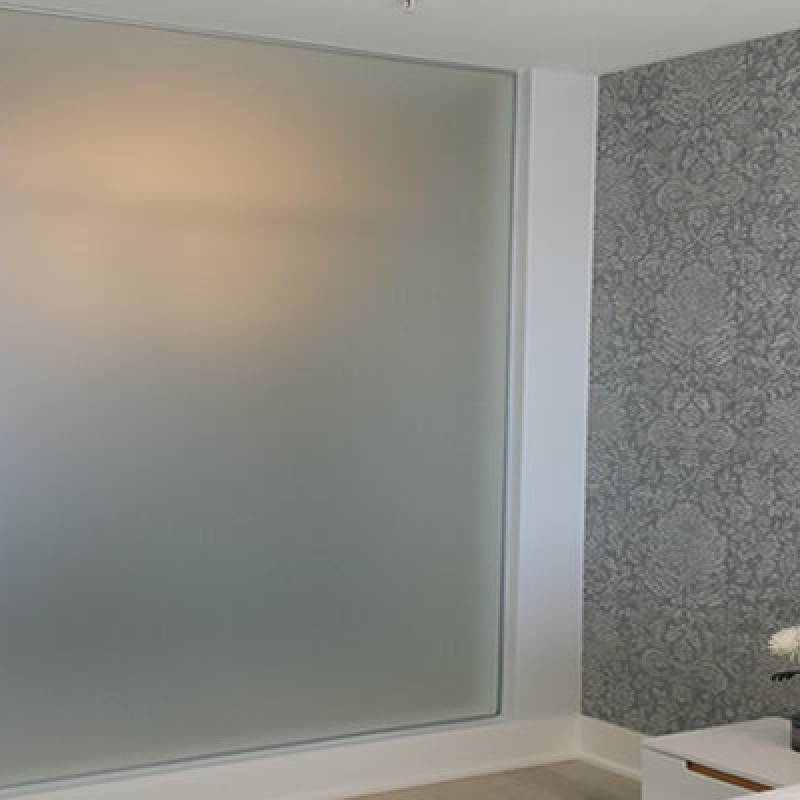

Clear to Frosted Glass A Modern Design Transition
In the world of interior design, glass has always played a significant role, bridging the gap between functionality and aesthetics. Clear glass, with its transparency and sleek appearance, has been a popular choice for many spaces. However, the transition to frosted glass is gaining momentum, marking a shift in design preferences and functionality. This article will explore the benefits and applications of both clear and frosted glass in modern design.
The Allure of Clear Glass
Clear glass is often celebrated for its ability to create an open, airy feel in any space. It offers unobstructed views and allows natural light to flow freely, brightening even the gloomiest interiors. Clear glass elements, such as windows, doors, and partitions, are perfect for minimalistic designs that emphasize simplicity and elegance. Particularly in urban settings, where natural landscapes may be limited, clear glass can help connect interior spaces with the outside world.
Moreover, clear glass can enhance collaboration in professional environments. In offices, clear glass partitions foster openness and visibility, enabling teams to communicate effectively while still defining individual work zones. The transparency encourages a culture of inclusivity and teamwork, essential factors in today’s innovative workplaces.
The Rise of Frosted Glass
While clear glass has its advantages, frosted glass is rapidly becoming popular for its unique aesthetic and practical benefits. Frosted glass, achieved through sandblasting or acid etching methods, offers a unique diffusion of light that creates softer, more intimate spaces. This quality makes frosted glass an ideal choice for bathroom windows, shower doors, or office partitions where privacy is paramount.

In residential design, frosted glass can serve as a stylish alternative to traditional window treatments. Instead of heavy curtains or blinds that may block light and views, frosted glass allows soft natural light to illuminate rooms while maintaining privacy. This feature is particularly valuable in densely populated areas where close neighbors can make privacy a concern.
In commercial settings, frosted glass partitions can delineate spaces without sacrificing the openness that clear glass offers. They provide a level of confidentiality essential for meetings, consultations, or private work areas while still enabling a sense of cohesion in the overall design.
A Harmonious Blend in Design
Interestingly, the clear versus frosted glass debate doesn’t have to be a choice of one over the other. Many modern designs incorporate both types effectively. Clear glass can be used in more public areas to create a sense of openness, while frosted glass can be strategically placed in areas requiring privacy. This combination can enhance the overall flow of a space and create distinct zones that still maintain a cohesive aesthetic.
Additionally, both clear and frosted glass can be enhanced with various finishes and frames, allowing designers the freedom to create uniquely tailored environments. From elegant metal frames to colorful edges, the possibilities are endless.
Conclusion
The shift from clear to frosted glass reflects evolving design preferences and the need for flexibility in interiors. Both clear and frosted glass offer distinct advantages, making them suitable for different applications in modern spaces. As interior design continues to evolve, the integration of these two materials promises to enhance both function and aesthetics, creating environments that are both beautiful and practical. Embracing the versatility of glass, designers can craft spaces that reflect the needs and preferences of contemporary living.